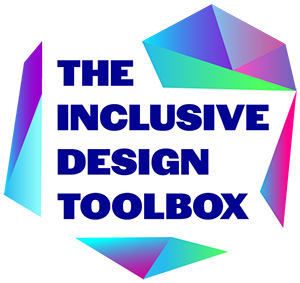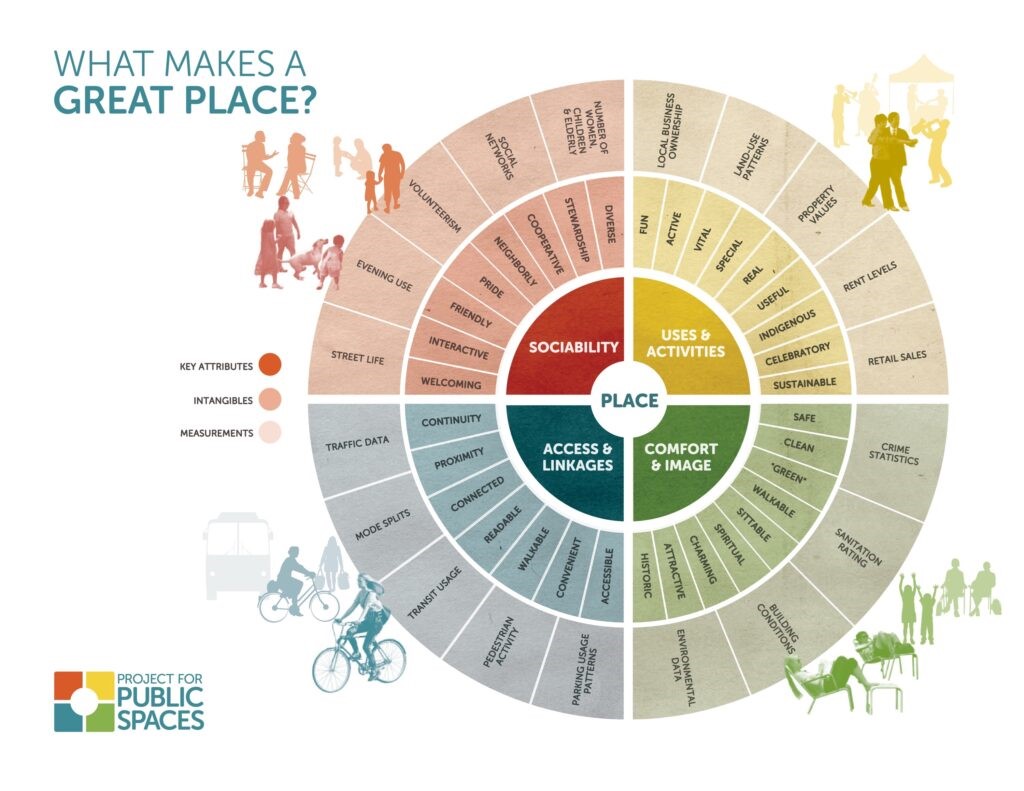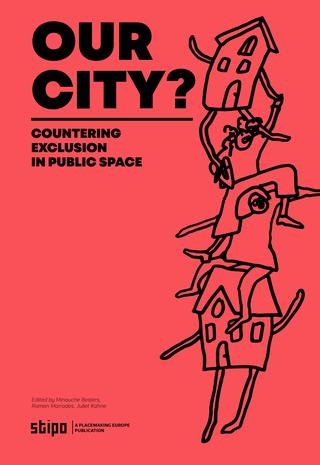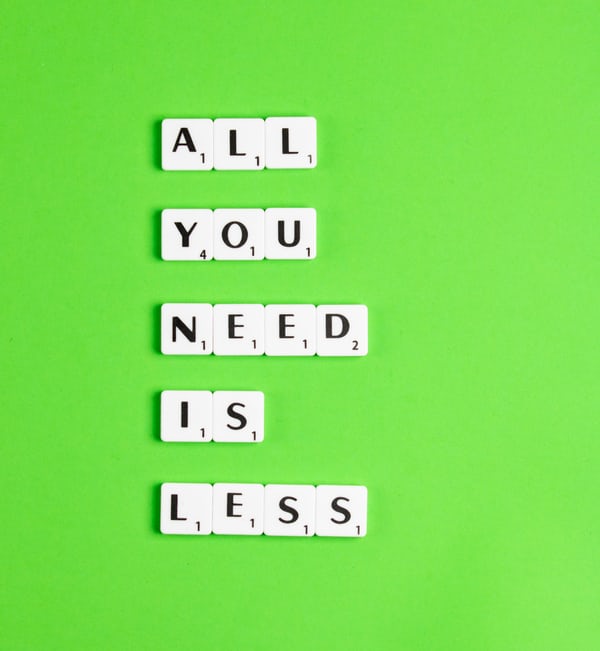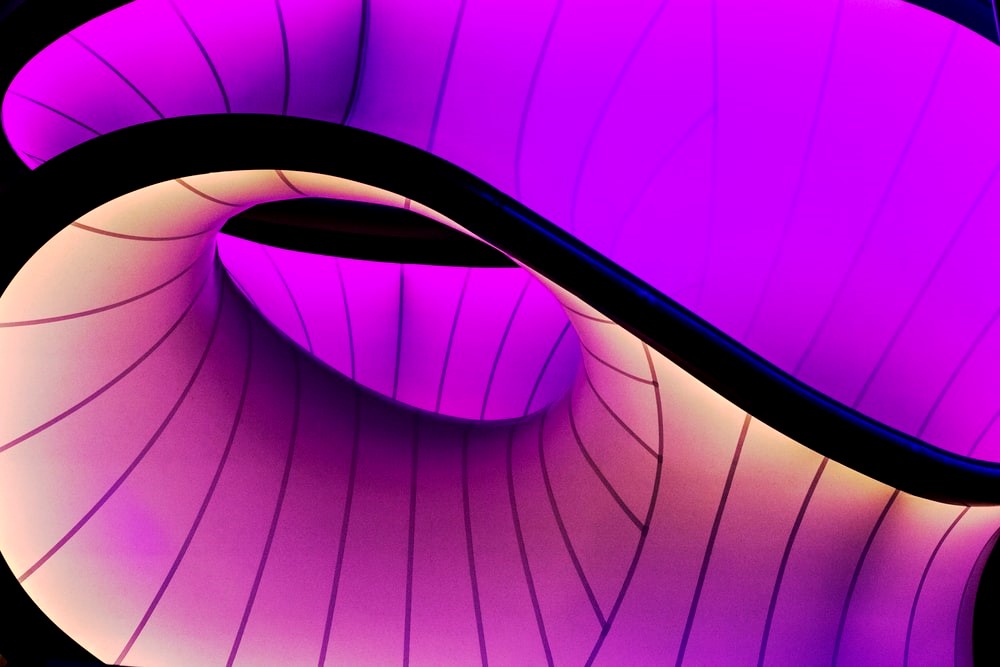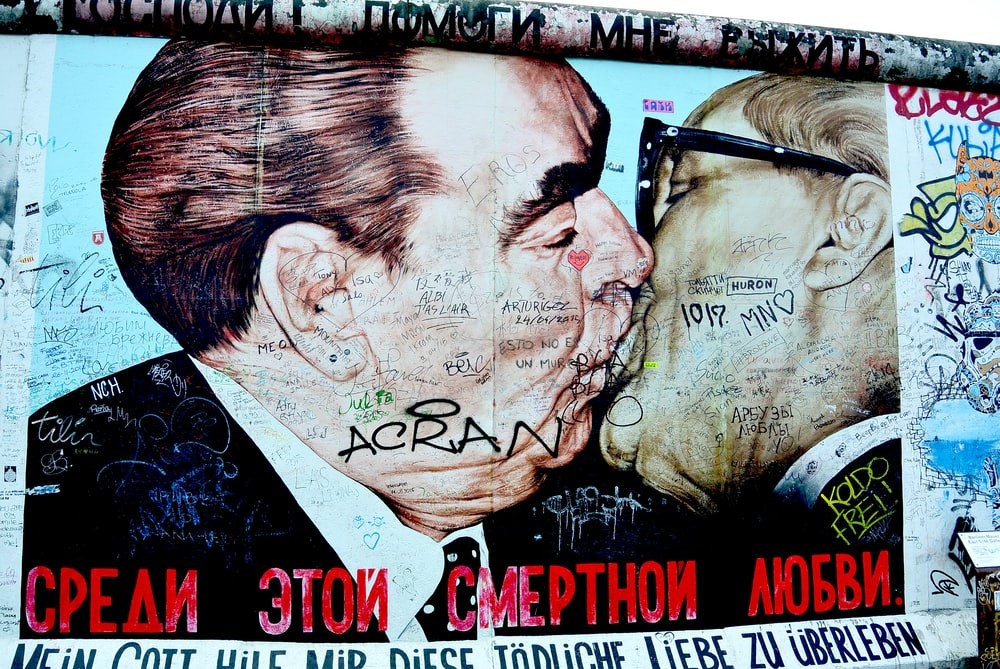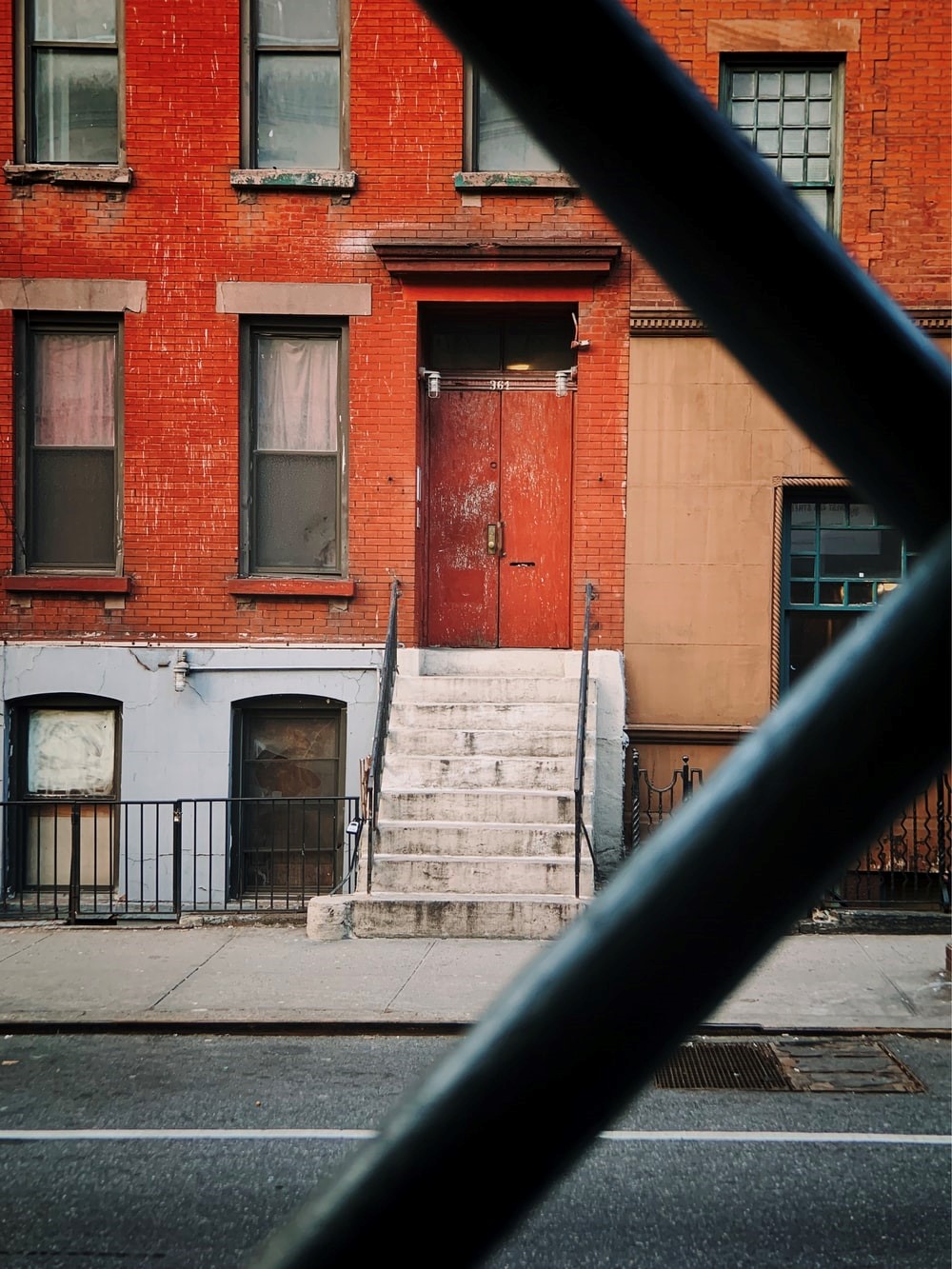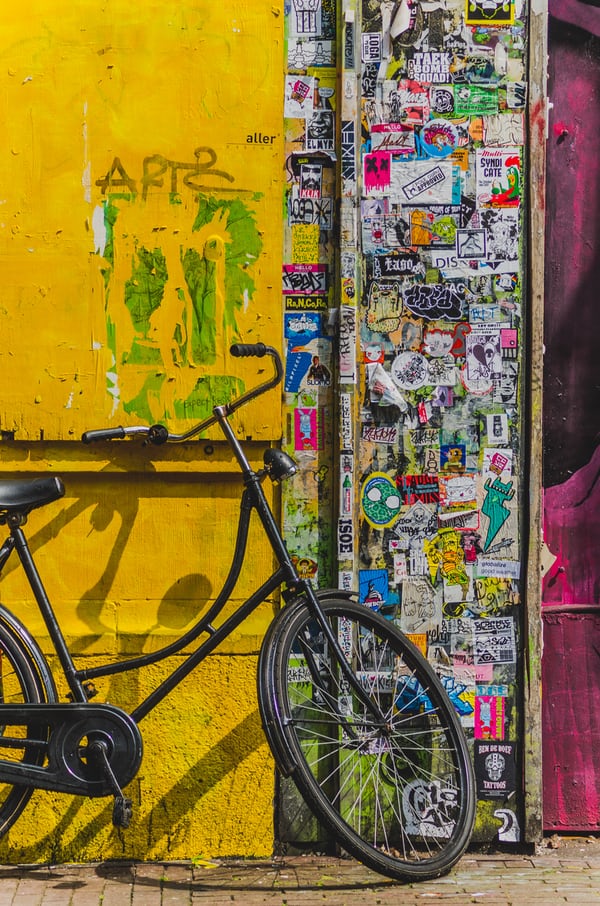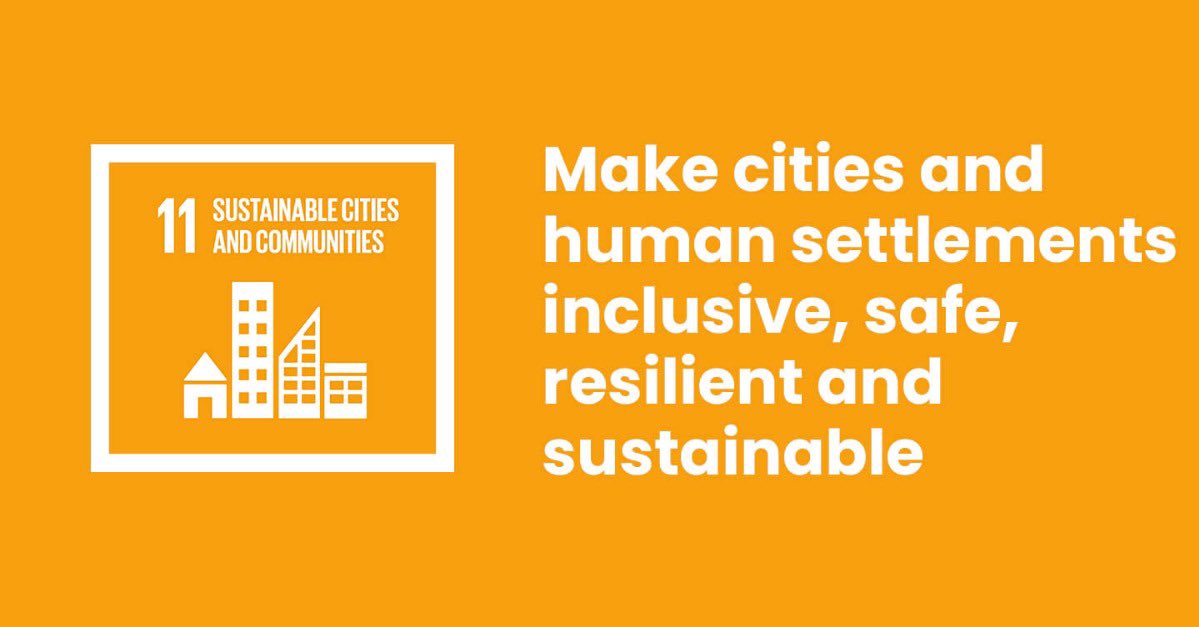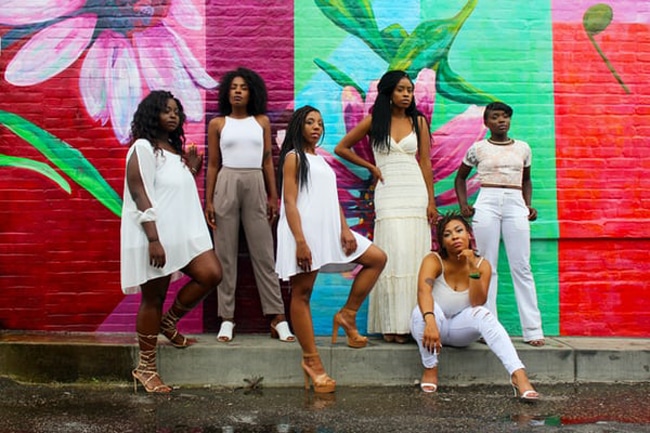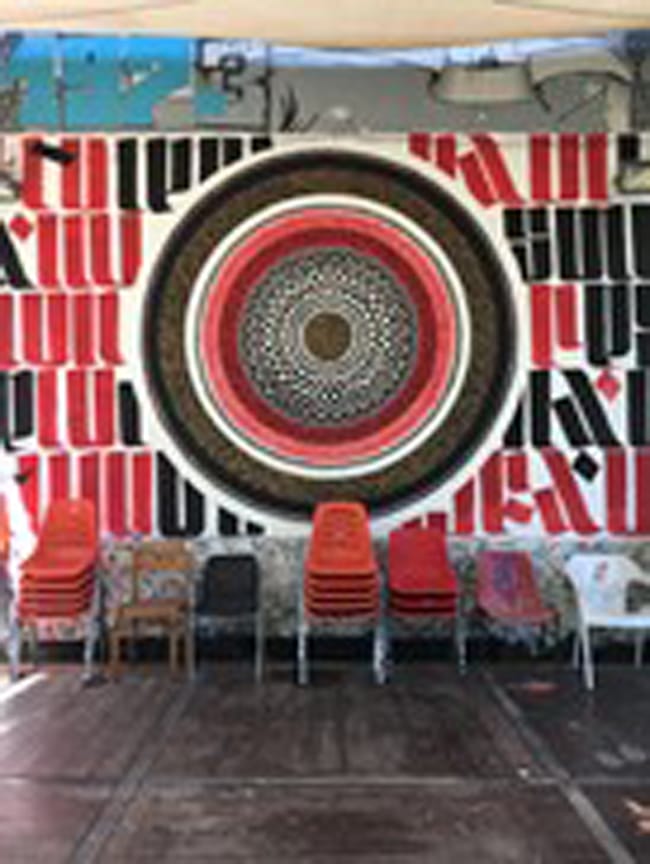1. Local Knowledge – what is your context?
For every creative project you carry out, your first task is to know all about the context (blueprint) of your area. What are the relevant problems here and what are the problems behind the problems? Who are your stakeholders and what are their needs and wishes?
Then the challenge is to make sure you involve your stakeholders all the way through the research and design process so they can give you feedback. This is what we call a human-centered approach to research. It stops you making the common blunder of creating concepts that you like……but the stakeholders don’t.
Follow the basic principle of ‘Not about me, without me’ So, do your homework!
A. Old news:
You have already learned plenty of desk research methods, so start collecting your facts & figures. Make sure that you know basic things such as demographics, number of residents, their socio-cultural backgrounds, the history and future plans for your neighbourhood. Is there a process of gentrification? Are some locals dependent on a food bank? Are there relevant neighbourhood networks? What are the environmental concerns? Etc. Refer to DESTEP and have a look at this useful site for statistics on Amsterdam.
B. New news
Do some deep hanging out!
Getting a realistic impression of your research area means being there; you can’t do this online. This means spending plenty of informal time drinking coffee, observing, chatting to passers-by & visitors and meanwhile observing and mapping. Doing this also means you can build relationships and trust with your stakeholders and really understand their needs and wishes.
C. Create an observation form based on your research assignment. (See the link to Gehl Public Life Toolbox for inspiration)
For example:
Who do you see?
Who is not here although they are also locals?
How diverse is it (gender, age, social class, ethnicity, lifestyle groups etc.)?
D. Take the challenge!
If you are not personally familiar with the experience of exclusion in public places then go somewhere out of your comfort zone and see how it feels. What aspects make you feel uncomfortable? How do people look at you? What (stress) reactions do you feel both physically and emotionally? What does all this teach you as an experience designer?
E. Re-read the Inclusive Design Toolbox Introduction;
how can your concept help create a new sense of ‘WE’ in society?
